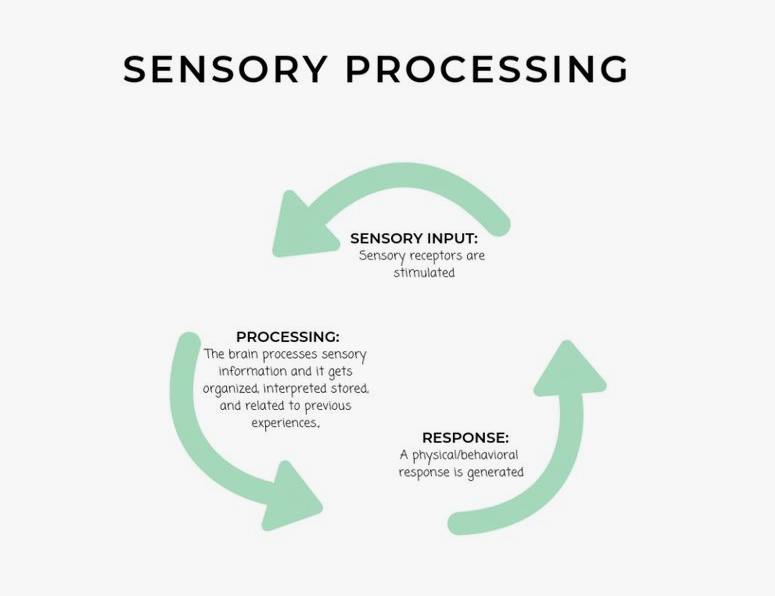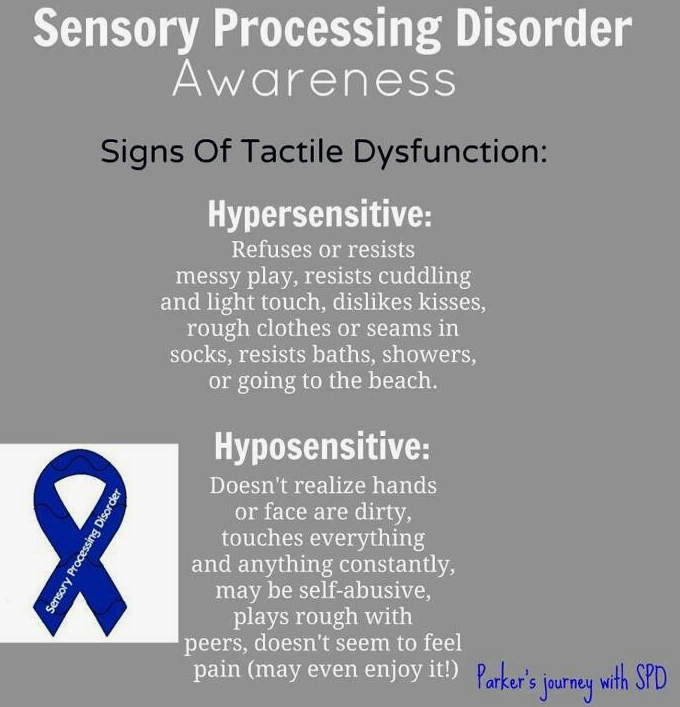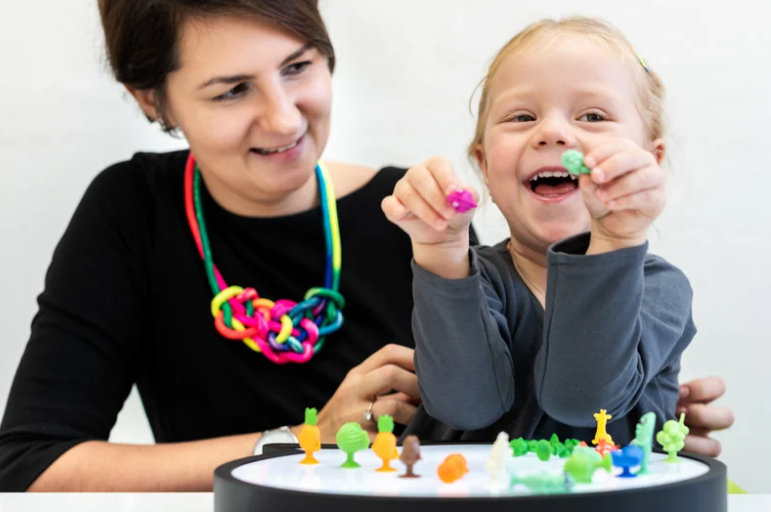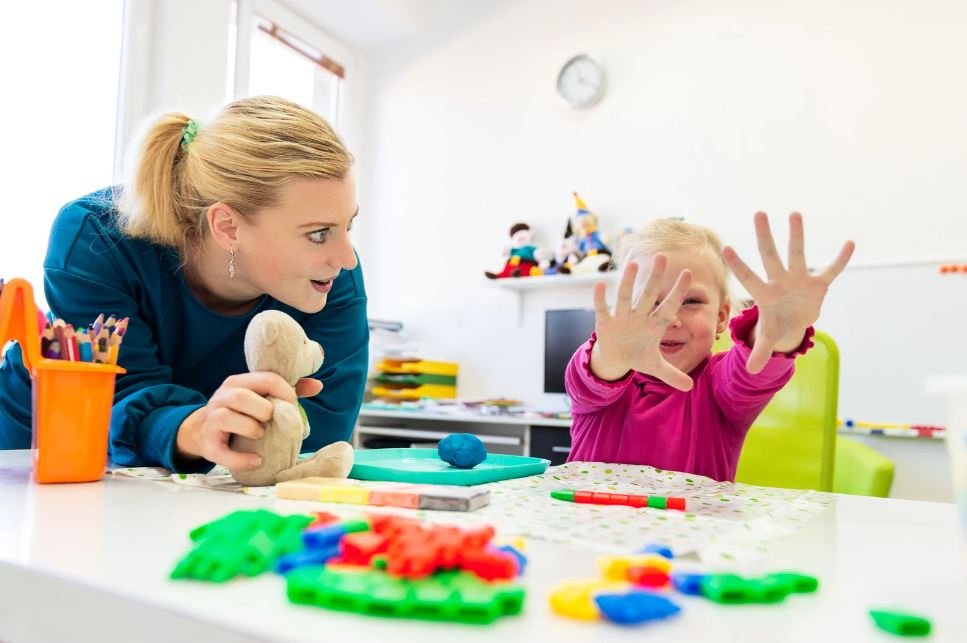Sensory processing is a critical aspect of your child’s development, affecting how they interact with the world around them. Understanding sensory processing and how to address related challenges can significantly enhance your child’s daily life and overall growth. This post will explore the role of sensory processing in child development and provide strategies for addressing sensory processing issues.
Understanding Sensory Processing
What Is Sensory Processing?

Sensory processing refers to how the brain receives, interprets, and responds to sensory information from the environment. This includes information from the five traditional senses (sight, sound, touch, taste, and smell) as well as additional senses like proprioception (body awareness) and vestibular (balance and movement). When sensory processing functions effectively, it helps children regulate their behavior, learn new skills, and navigate their world with confidence.
Sensory Processing in Child Development
Sensory processing plays a crucial role in various developmental areas:
Motor Skills
Sensory information helps children develop and refine their motor skills, such as balance, coordination, and fine motor abilities. Activities like riding a bike or writing depend on effective sensory processing.
Behavior Regulation
Proper sensory processing allows children to regulate their behavior, emotions, and responses to sensory stimuli. This regulation is essential for maintaining focus in school or controlling emotions in social situations.
Learning
Sensory input supports learning by helping children process and respond to information in their environment. For example, classroom instructions and peer interactions require children to integrate sensory input seamlessly.
Signs of Sensory Processing Issues

Over-Sensitivity
Children with over-sensitivity may react strongly to sensory stimuli such as loud noises, bright lights, certain textures, or specific tastes. They may avoid certain environments or activities due to sensory overwhelm.
Under-Sensitivity
On the other hand, children with under-sensitivity often seek out intense sensory experiences like spinning, jumping, or touching everything. They may have trouble sitting still or focusing without additional stimulation.
Mixed Sensitivity
Some children display both over- and under-sensitivity to different sensory inputs, leading to inconsistent behaviors. For example, a child may be overly sensitive to loud noises but crave constant movement.
Addressing Sensory Processing Issues
Creating a Sensory-Friendly Environment

A sensory-friendly environment helps children manage sensory input more effectively. Here are some strategies:
Reduce Over-Stimulation
Minimize exposure to loud noises, bright lights, and chaotic environments. Use noise-canceling headphones or dim lighting if necessary to help your child feel more comfortable.
Provide Sensory Breaks
Incorporate regular sensory breaks throughout the day. These breaks can include quiet time, deep pressure activities (like using a weighted blanket), or calming sensory inputs such as soft textures.
Create a Sensory Space
Designate a specific area in your home where your child can retreat when feeling overwhelmed. Fill this space with calming objects like soft pillows, weighted blankets, and soothing sensory toys.
Sensory Activities and Therapies
Occupational Therapy
Occupational therapists specialize in sensory integration therapy, which helps children improve their ability to process and respond to sensory information. In Vancouver, the cost of occupational therapy sessions ranges from $100 to $150 per session. These sessions are designed to address specific sensory challenges through targeted activities.
Sensory Play
Incorporating sensory play activities into your child’s routine can improve their sensory processing skills. Activities like playing with textured materials (e.g., sand, clay), engaging in water play, or using sensory bins filled with various objects offer valuable sensory input.
Movement Activities
Encourage activities that promote proprioception and vestibular input, such as jumping on a trampoline, swinging, or playing with balance boards. These activities help regulate your child’s sensory needs while improving motor skills.
Supporting Your Child at Home and School
Home Strategies
Implementing sensory-friendly strategies at home can make a significant difference in your child’s comfort. This includes providing sensory tools, creating a predictable routine, and using visual schedules to help your child understand what comes next.
School Collaboration
Collaborating with your child’s teachers and school staff is essential for addressing sensory challenges in the classroom. Work with them to develop a sensory support plan, which may include sensory breaks, adaptive seating, or specific classroom accommodations.
Open Communication
Maintain open communication with your child about their sensory needs and preferences. Encourage them to express when they feel overwhelmed or need a sensory break. Teaching self-advocacy early can help your child manage their sensory challenges effectively.
Costs and Access to Sensory Processing Therapy in Vancouver
Accessing sensory processing therapy can involve a financial commitment, but it is a valuable investment in your child’s development. In Vancouver, therapy sessions typically cost between $100 and $150 per session. Many extended health plans cover these services, and some clinics offer sliding scale fees based on income. Discuss these options with your insurance provider and therapist to find a plan that works for your family.
When to Call a Professional

If you notice that your child struggles significantly with sensory processing, it’s important to seek professional help. Indicators that you should consult an occupational therapist include:
- Extreme Reactions: Intense reactions to sensory stimuli that interfere with daily activities.
- Avoidance or Seeking Behaviors: Avoiding or constantly seeking out specific sensory inputs in a way that impacts everyday tasks.
- Behavioral Issues: Frequent meltdowns, anxiety, or difficulty regulating emotions in response to sensory input.
An occupational therapist can provide a comprehensive evaluation and develop a personalized intervention plan to address your child’s sensory needs.
Quick Statistics on Sensory Processing Therapy
- Prevalence: Up to 16% of school-aged children are estimated to have sensory processing issues.
- Therapy Success: Sensory integration therapy can lead to significant improvements in behavior and daily functioning for many children.
- Local Resources: Vancouver offers numerous therapy centers specializing in sensory processing issues, providing accessible and effective support for children and their families.
Understanding the role of sensory processing in your child’s development and addressing related challenges is crucial for their well-being. By creating a sensory-friendly environment, engaging in sensory activities, and seeking professional help when necessary, you can help your child thrive and navigate the world with confidence.






